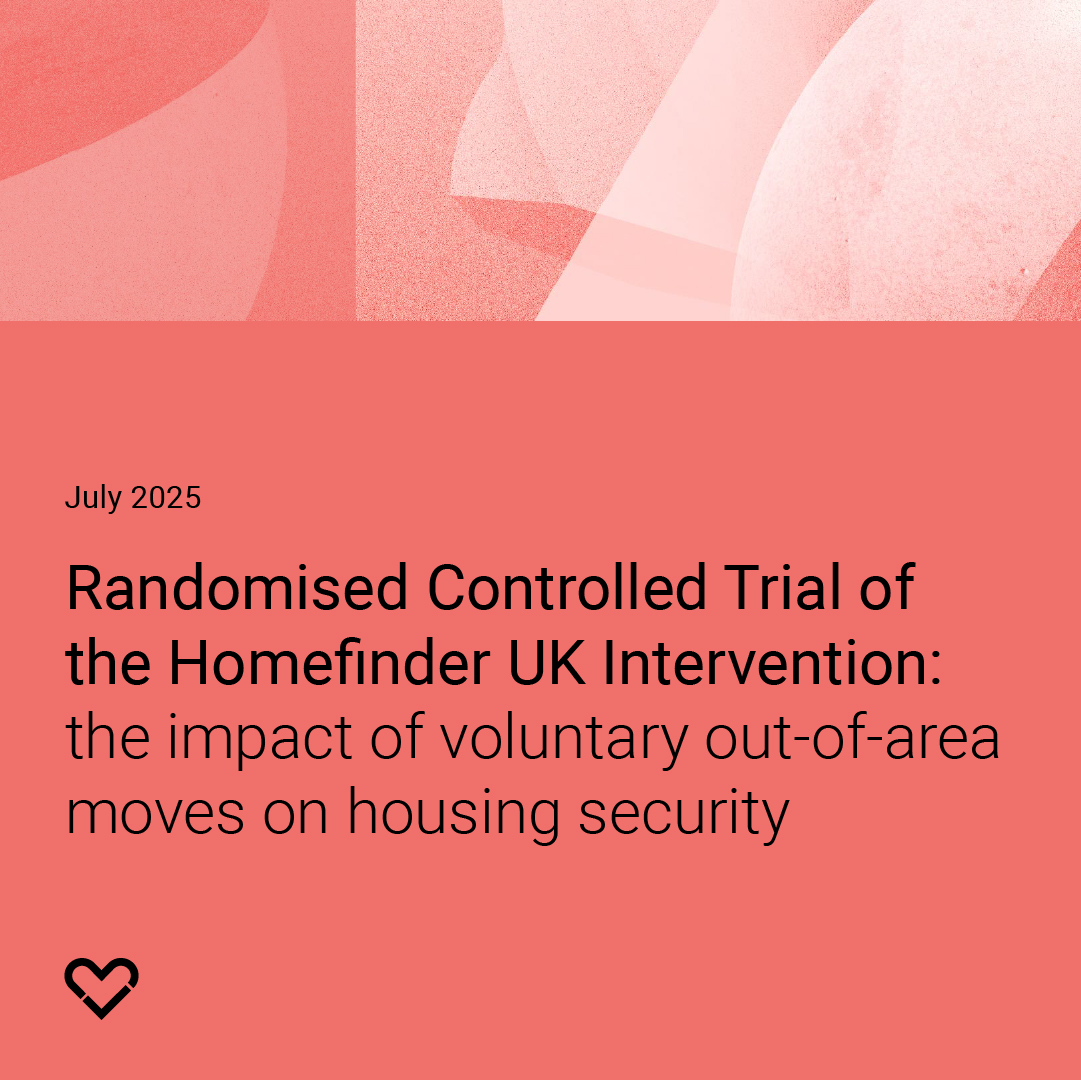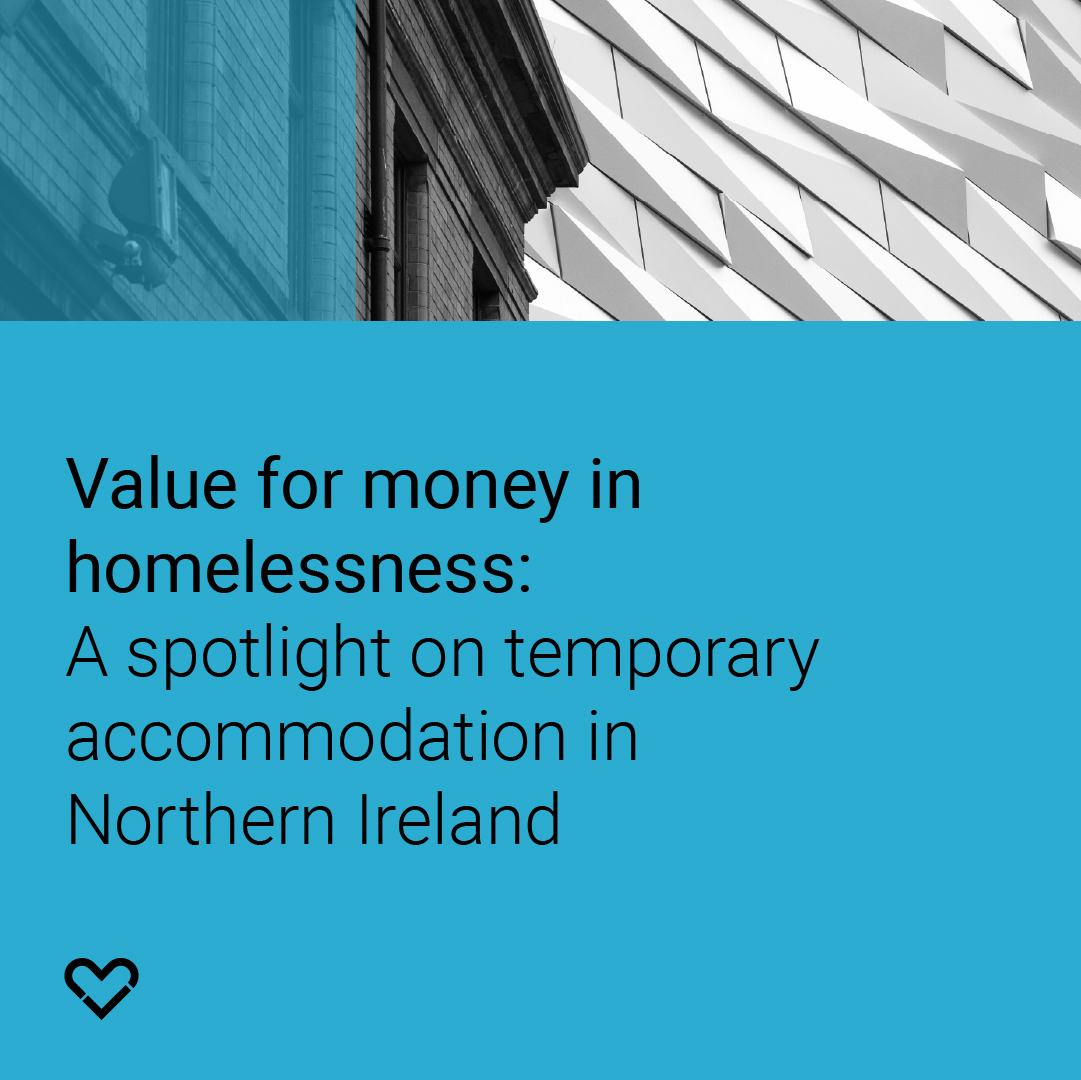Encouraging landlords to let to people receiving benefits and at risk of homelessness
Outline of the Study
This groundbreaking study involved a partnership between the Centre for Homelessness Impact (CHI), the Behavioral Insights Team (BIT) and the National Residential Landlords Association (NRLA).
The research included two online randomised controlled trials, each involving around 2,800 landlords across England and Wales. The trials tested the impact of disclosing additional information about prospective tenants and of commonly-used interventions by local authorities on landlords' willingness to rent to people on welfare benefits and at risk of homelessness and who are unable to pay a market rent for properties.
The trials are amongst the first online behavioural experiments in the UK. The online approach enables testing to be carried out more rapidly and at lower cost.
Findings in brief
- The interventions most likely to change landlords’ willingness to rent properties at LHA rate to people at risk of homelessness are upfront cash payments (of £1000) and rent guarantees. However, landlords’ inclination is still quite low - indicating that ability to pay rent is not the only barrier to access for this group
- Landlord liaison officer roles and rent deposits/bonds are less effective interventions
- Other widely-used interventions, including budget planners, pre-tenancy training appear to have minimal impact on landlords’ willingness to let. However, pre-tenancy training may have an effect on willingness to let to certain groups, such as women and people losing their jobs during the Covid-19 pandemic.
- Financial incentives appear more effective when the gap between LHA and market rents is smaller. However, landlords’ overall reluctance suggests that combined approaches, rather than raising LHA rates on their own, are needed to address stigma barriers
Recommendations in brief
- Review current local authority interventions to encourage landlord lettings to people on benefits and at risk of homelessness - prioritising resources for cash transfers and rent guarantees
- Enable landlords in England and Wales to receive direct payments of the Housing Benefit element of Universal Credit, to build in a rent guarantee, preserve choice for claimants and free up resources for local authorities to focus on providing incentives above the LHA rate
- Encourage local authorities to test combining financial incentives with programmes to reduce stigma against tenants on benefits This could include asking landlords who already let to people on benefits and at risk of homelessness to act peer ambassadors to recruit additional landlords
- Carry out research with local authorities to analyse the cost-effectiveness of programmes and incentives for landlords and the potential benefits of expanding these to improve long-term homelessness prevention
- Continue to lobby for a mechanism through which LHA rates track market rents





.jpg)

